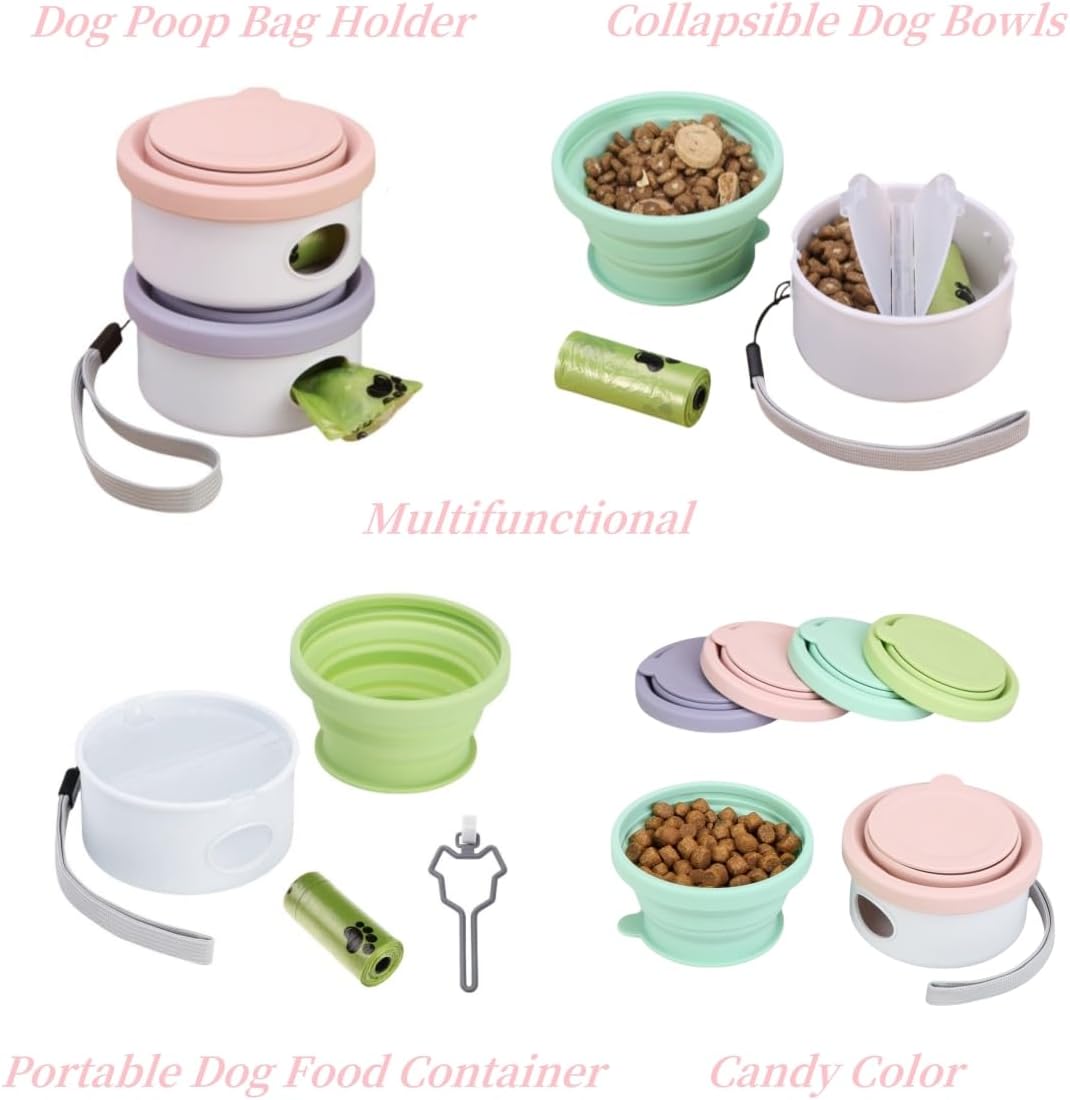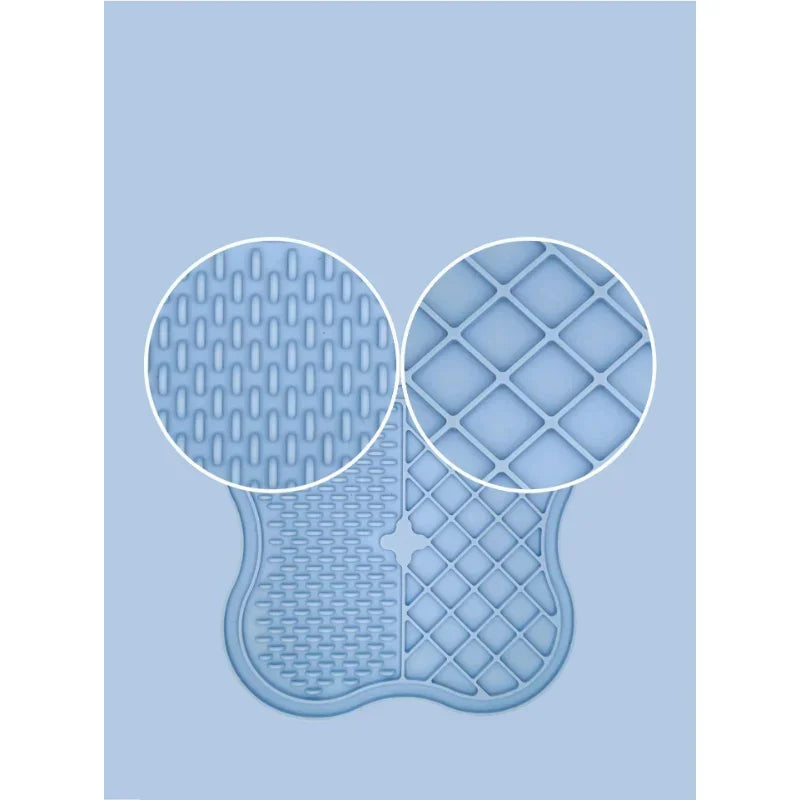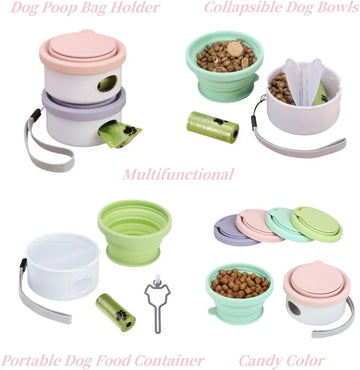Transitioning your puppy from puppy food to adult dog food is a major milestone in their growth. This shift ensures they receive the right nutrients for their developmental stage, promoting health and longevity. But the question remains: when to stop feeding puppy food? The answer depends on various factors like your dog’s breed, size, and individual growth rate. Timing this change correctly is crucial to maintaining your pet’s health, and it might also be a good moment to consider upgrading to the best dog supplies, including best dog bowls and so on, to match your dog’s evolving needs.
Why Puppies Need Puppy Food
Puppy food is formulated with higher levels of protein, fat, and essential nutrients to support rapid growth and development. These ingredients are vital for building strong bones, muscles, and a robust immune system during your puppy's early months. However, once your dog reaches maturity, continuing to feed puppy food can lead to excessive weight gain and other health problems due to its calorie-dense nature.

This transition isn’t just about food—it’s also about adapting to their changing lifestyle. For example, upgrading to larger or more suitable feeding tools, such as the best dog bowls or adjustable feeders, ensures your adult dog eats comfortably and efficiently.
When to Transition from Puppy Food
The right time to switch from puppy food depends primarily on your dog’s breed and size. Here's a general guide:
Small Breeds
Small breeds, like Pomeranians or Shih Tzus, typically reach adulthood between 9 and 12 months. At this stage, their growth slows, and they no longer require the high-calorie, nutrient-dense diet of puppy food.
Medium Breeds
Medium-sized dogs, such as Bulldogs or Spaniels, usually mature around 12 to 14 months. Transitioning them to adult food at this age helps meet their changing nutritional needs without overloading their system.
Large and Giant Breeds
Large breeds like German Shepherds or Great Danes mature more slowly, often reaching adulthood at 18 to 24 months. Their prolonged growth period requires the sustained nutritional support of puppy food until their bones and joints are fully developed. Large breeds also benefit from specialized feeding setups, such as elevated feeders, to ensure their comfort and prevent strain during meals.
Signs Your Puppy Is Ready for Adult Food
Not sure if it’s time to switch? Watch for these signs:
- Slower Growth: As your puppy’s growth rate decreases, they require fewer calories and nutrients.
- Weight Stability: If your dog maintains their weight without noticeable changes, it’s a good indicator they’re ready for adult food.
- Behavioral Changes: A decrease in appetite or disinterest in puppy food may indicate a readiness for change.
Your veterinarian is also a valuable resource for assessing your puppy’s readiness. Regular check-ups provide professional insights into your dog’s growth and help you make informed decisions about their diet.
How to Transition to Adult Food
Switching your puppy to adult food should be a gradual process to prevent digestive issues. Follow these steps:
- Start Slowly: Begin by mixing 25% adult food with 75% puppy food. Gradually increase the adult food percentage over 7–10 days.
- Monitor Reactions: Keep an eye on your dog’s stool, appetite, and energy levels during the transition. If you notice any digestive upset, slow the process down.
- Upgrade Supplies: Along with the dietary change, consider investing in the best dog feeders or bowls tailored for adult dogs, ensuring they eat comfortably and safely.
Choosing the Right Adult Dog Food
Selecting the right adult dog food is just as important as the transition itself. Here’s what to look for:
- Balanced Nutrition: Ensure the food meets AAFCO standards for adult dogs, providing essential nutrients without excess calories.
- High-Quality Ingredients: Avoid fillers, artificial preservatives, or by-products. Instead, focus on foods with real meat and wholesome grains.
- Specific Needs: Some dogs benefit from breed-specific formulas or food designed for their size and activity level.

Importance of the Right Feeding Tools
As your dog matures, their feeding tools should evolve too. Puppies often eat from smaller bowls that may become impractical for adult dogs. Switching to the best dog bowls ensures mealtime is efficient and mess-free, while elevated feeders can benefit large breeds by reducing strain on their joints.
Additionally, adjustable feeders or slow-feeding bowls can help regulate portion sizes and eating speed, which is especially helpful for dogs prone to overeating. Upgrading your pet’s feeding supplies not only supports their health but also makes feeding times more enjoyable for both you and your dog.
Common Mistakes to Avoid
- Switching Too Early: Transitioning before your puppy is ready can lead to nutritional deficiencies.
- Abrupt Changes: Sudden shifts in diet can upset your dog’s digestive system, leading to diarrhea or loss of appetite.
- Overfeeding: Continuing to feed calorie-dense puppy food past maturity can result in obesity and related health problems.
Conclusion
Knowing when to stop feeding puppy food is a crucial part of your dog’s development. Transitioning at the right time ensures they receive the proper nutrition to thrive in adulthood. Pay close attention to your dog’s breed, size, and individual growth patterns, and don’t hesitate to consult your vet for tailored advice.
Alongside the dietary shift, upgrading to the best dog supplies, such as the best dog bowls or feeders, can enhance your dog’s feeding experience and support their health as they grow. With thoughtful planning and the right tools, your furry friend will transition smoothly into their adult years, ready to enjoy a long and happy life by your side.








